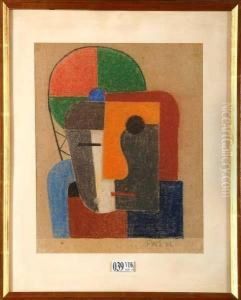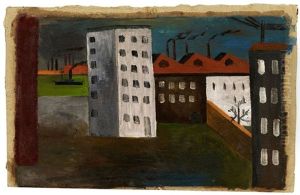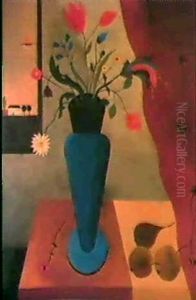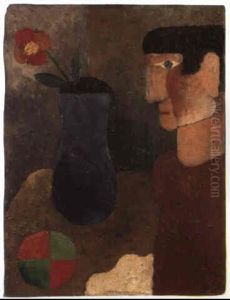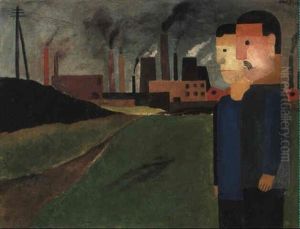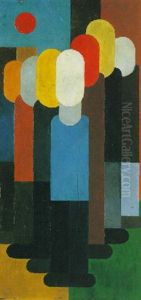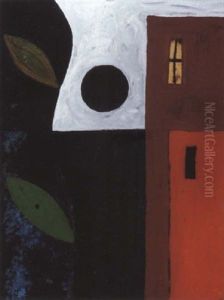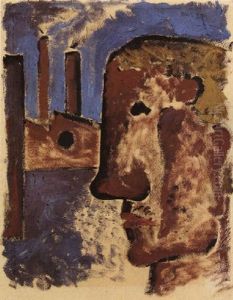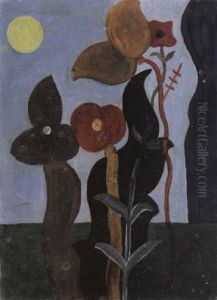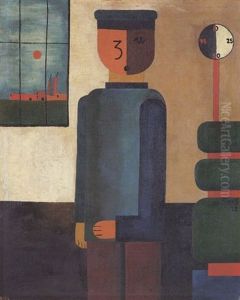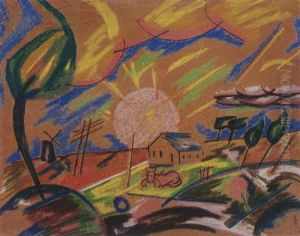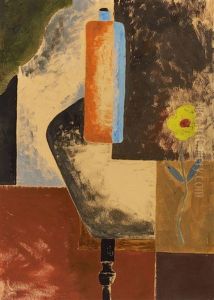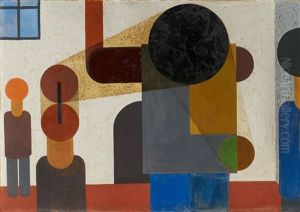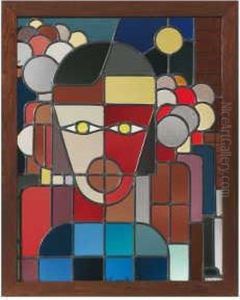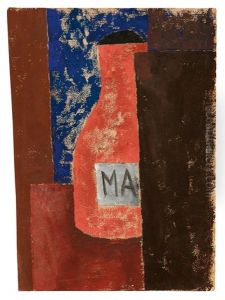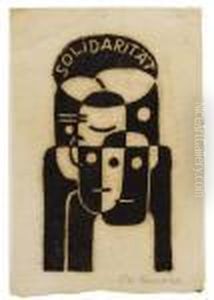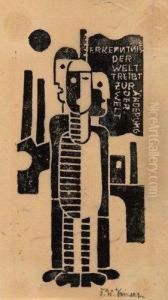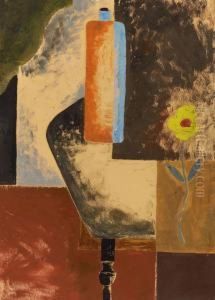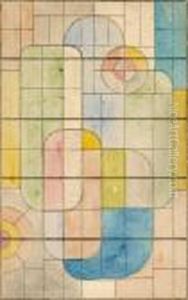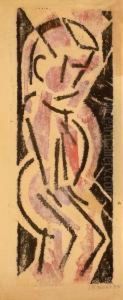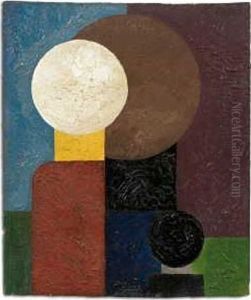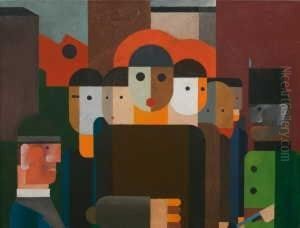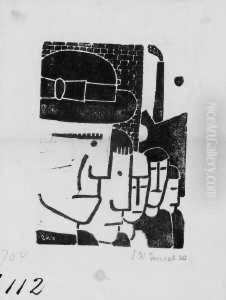Franz Wilhelm Seiwert Paintings
Franz Wilhelm Seiwert was a German painter, sculptor, and writer, born on March 9, 1894, in Cologne, Germany. He is most closely associated with the Constructivist and Dada movements and was a significant figure in the Cologne Progressives group, which sought to apply avant-garde art principles to political and social activism. Seiwert's work is characterized by its geometric abstraction and the use of symbols to critique contemporary society, capitalism, and the rise of fascism in Germany.
Seiwert's early life was marked by his involvement in the artistic and political circles of Cologne, where he studied at the Cologne School of Arts and Crafts. His art evolved from Expressionism towards a more abstract, geometric style in the 1920s, reflecting his engagement with Constructivism and his commitment to social and political issues.
Throughout his career, Seiwert was deeply involved in political activism. He contributed to leftist publications and was a member of the Association of Revolutionary Visual Artists of Germany, which aimed to unite artists against the National Socialist regime. His artwork often depicted the struggles of the working class, and he sought to use his art as a tool for social change.
However, Seiwert's political activities and the nature of his art made him a target of the Nazi regime. His work was branded as degenerate, and he faced increasing persecution in the early 1930s. Franz Wilhelm Seiwert died on July 3, 1933, in Cologne, under circumstances that reflect the turbulent political environment of the time. His death marked an early loss for the avant-garde and anti-fascist movements in Germany.
Despite his relatively short life, Seiwert's contributions to art and politics have been recognized posthumously. His works are seen as an important part of the Weimar Republic's cultural and political history, embodying the struggle for artistic freedom and social justice. Today, Franz Wilhelm Seiwert's legacy is preserved in art collections and museums dedicated to the avant-garde movements of the early 20th century, where his commitment to combining artistic innovation with political activism continues to inspire.
